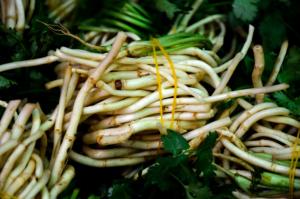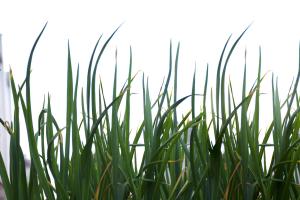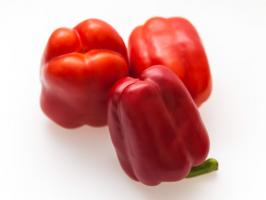Introduction
Bryce Canyon National Park is located in the southwestern part of Utah, USA. The park is famous for its unique geological features, including the "hoodoos" which are structures formed by erosion. However, Bryce Canyon also boasts a rich and diverse ecosystem, with numerous plants and trees that thrive in the park's unique climate and soil conditions.
Flora in Bryce Canyon
Bryce Canyon is home to a variety of flora, ranging from grasses and wildflowers to shrubs and trees. One of the most common plants in the park is the ponderosa pine, which can grow up to 150 feet tall and has characteristic yellow-orange bark. Other trees in the park include Utah juniper, Douglas fir, and white fir.
Shrubs that are commonly found in Bryce Canyon include Gambel oak, which is a small deciduous tree that can grow up to 30 feet tall, and Cliffrose, which produces fragrant white flowers and edible fruit. Sagebrush and rabbitbrush are also common shrubs in the park.
Wildflowers in Bryce Canyon include columbine, Indian paintbrush, lupine, and goldenrod, among others. These vibrant flowers add a pop of color to the park's red and orange rock formations and can be seen blooming from late spring through early fall.
Adaptations of Plant Life in Bryce Canyon
Plants in Bryce Canyon have adapted to the park's harsh environment in various ways. For example, the ponderosa pine has a thick bark that protects it from wildfires and drought, and its needles are arranged in clusters to conserve water. Gambel oak, on the other hand, can tolerate extreme temperatures and drought by shedding its leaves during the hot and dry seasons.
The Utah juniper has a unique root system that allows it to thrive in the rocky and dry soil of the park. Its roots can extend up to 100 feet from the trunk, allowing it to reach water sources deep underground. Douglas fir and white fir have a similar root system but can also grow in areas with higher levels of moisture.
Threats to Plant Life in Bryce Canyon
Despite the resilience of the plants in Bryce Canyon, they are still vulnerable to threats such as invasive species, wildfire, and climate change. Cheatgrass, an invasive species from Europe, has taken over many areas in the park and can outcompete native grasses and shrubs for resources.
Wildfires also pose a threat to plant life in the park. Although some plants have adapted to wildfires, frequent and intense fires can destroy entire ecosystems and reduce plant diversity.
Climate change is another threat to plant life in Bryce Canyon. As temperatures rise and rainfall patterns shift, plants may not be able to adapt quickly enough to survive. This could lead to a decline in plant diversity and a loss of habitat for wildlife that depend on these plants for food and shelter.
Conclusion
Bryce Canyon National Park is not only a geological wonder but also a haven for plant life. The diverse flora in the park has adapted to the unique climate and soil conditions, but they still face threats from invasive species, wildfire, and climate change. As visitors to the park, we can help protect and preserve the plant life by following the park's regulations and practicing responsible tourism.

 how many times do yo...
how many times do yo... how many planted tre...
how many planted tre... how many pine trees ...
how many pine trees ... how many pecan trees...
how many pecan trees... how many plants comp...
how many plants comp... how many plants can ...
how many plants can ... how many plants and ...
how many plants and ... how many pepper plan...
how many pepper plan...






























